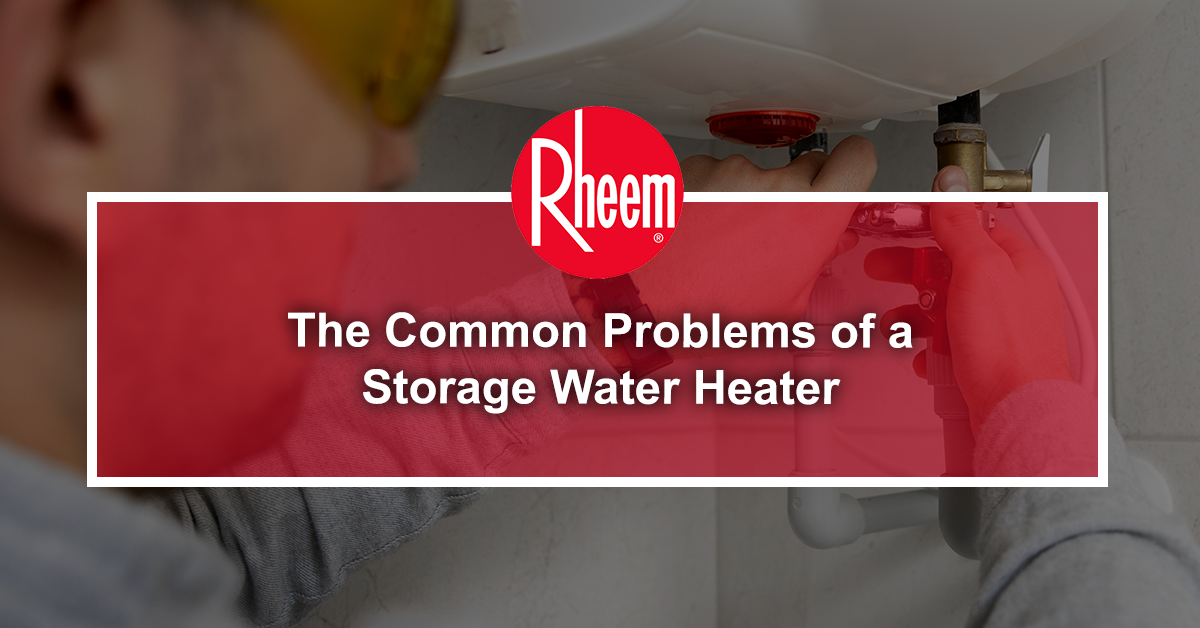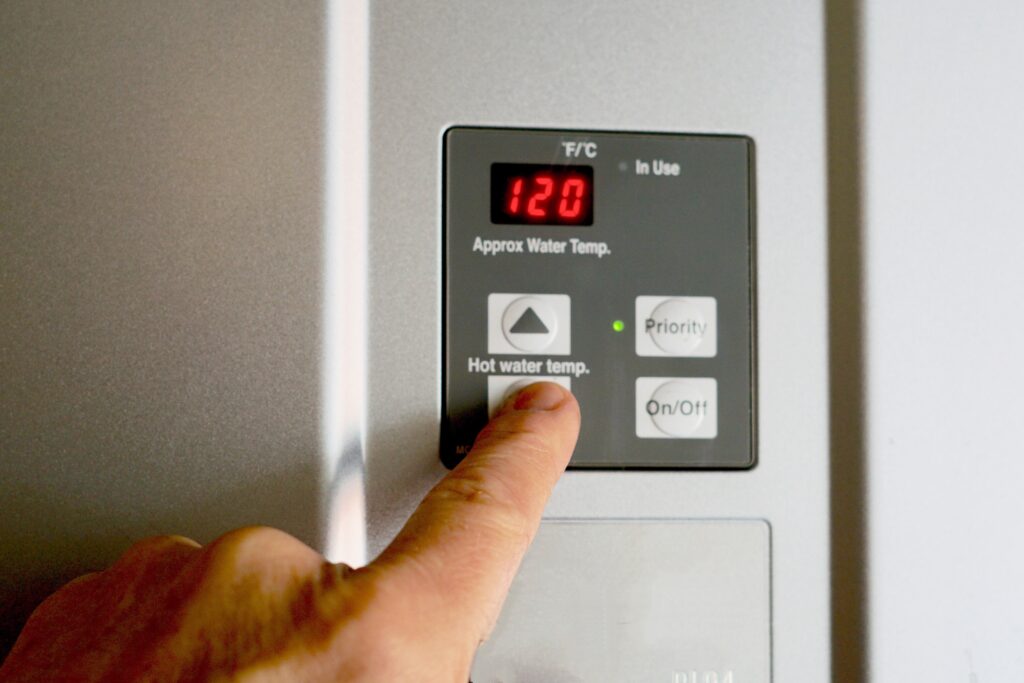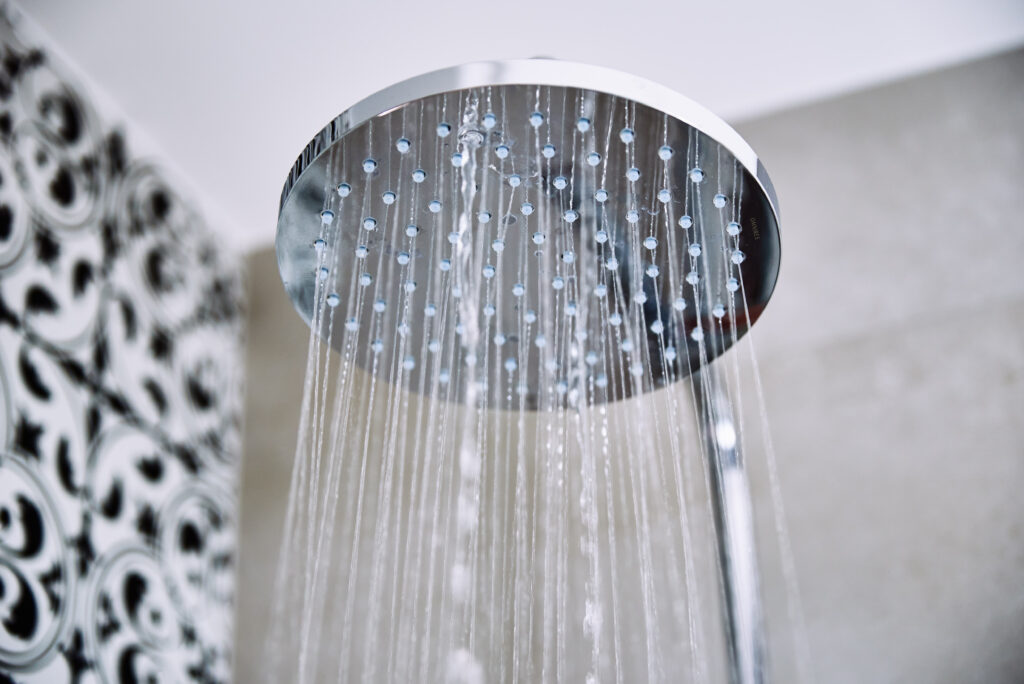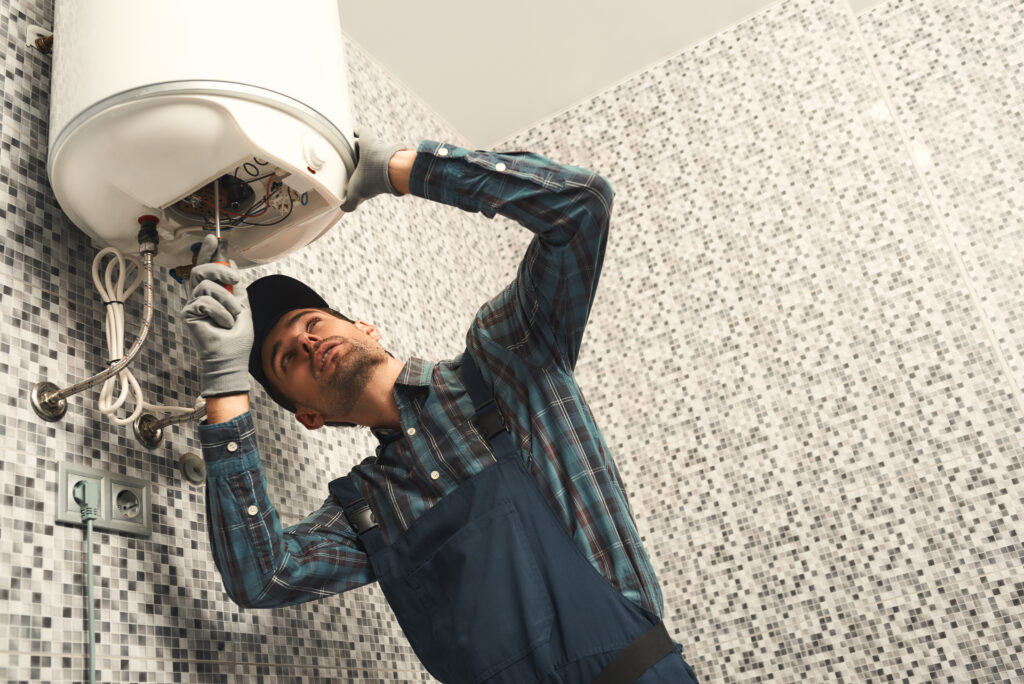
While temperatures can reach up to 36°C in the Philippines, there are still many households and commercial properties that find it necessary to take hot showers. While it may seem counterintuitive to take hot showers during warm weather, these warm showers can rejuvenate and revitalize individuals. Because of this, the demand for water heaters has continued to increase in the Philippines as people look for ways to make their daily lives more comfortable and convenient.
In fact, according to research, it shows that the Philippines’ water heater market size is expected to continue growing until 2026. The reliance on water heaters has increased as these water heating solutions have brought about many benefits, such as providing constant and readily available access to hot water for bathing, washing, and cleaning, regardless of the time of day or weather conditions. Thus, with the variety of benefits water heating solutions can provide, it’s no wonder that water heater sales have been steadily increasing in the Philippines and the Asia-Pacific region.
Storage water heaters, in particular, have also seen an increase in demand. An electric storage water heater enables homes and commercial establishments to deliver warm water to multiple bathrooms. These can provide a steady supply of hot water to various showers concurrently and consecutively without a change in the shower’s water pressure, making it a desirable water heating solution to install in both residential and commercial projects.
But despite being one of the most valuable appliances anyone can have, storage water heaters also have their own set of issues that might surprise water heater owners. Traditional water heating units are subject to intense usage, especially since they must always keep the stored water at the right temperature. This will eventually lead to the heater showing signs of failure, and owners must know how to deal with the situation.
Some of the typical problems of storage heaters require professional assistance, but there are some that you can fix on your own. Below are some of the most common issues of a traditional water heater and how you can handle them.
Storage water heaters come in various sizes and capacities to cater to multiple hot water demands. These water heaters come with capacity levels that indicate how many gallons of water they can store simultaneously. The standard capacity of residential water heaters is around 20-80 gallons, enough to provide a household with a steady hot water supply. But there are instances when several people use the shower simultaneously, leading to the stored warm water getting used up very quickly. And because of this, the bathroom heater would need to heat the water again, resulting in downtime for the unit.
While this occurrence is not a serious issue or fault with the water heater’s performance, it still can be frustrating and unsatisfying to experience this during your showers. This is especially since the water heater might take a few minutes to heat the incoming cold water again.
However, this is also an easy problem to solve! Try reducing your hot shower time, switching off the shower faucet when lathering up, or changing to a low-flow showerhead to reduce the amount of water hot water usage. This helps you save the water supply during your shower.
Alternatively, you can also look for more efficient storage water heating solutions. Something to look out for in a storage water heater is an efficient, fast-heating, and reliable heating element. For example, Rheem’s storage water heaters are equipped with an Incoloy heating element to ensure that the water stored inside the tank is heated quickly.
In addition to this, it’s essential to find a storage water heater with good insulation. This is because, with better insulation, the water in the tank can stay warm longer due to better heat retention. This can also help reduce the heating cycles the water heating solutions go through, making the heating process much quicker. To illustrate, Rheem’s storage water heaters have CFC-free polyurethane foam insulation to prevent heat loss and promote better heat retention in the inner tank.

As stated, storage water heaters hold a certain amount of warm water inside the tank. So, if you notice that you run out of warm water quicker than usual, it’s an indicator that there might be sediment buildup in the tank. Minerals in the water would eventually accumulate in the internal tank walls, significantly decreasing the heater’s capacity.
You can get rid of the buildup by flushing the stored water supply. You must turn off the heater’s power source before draining the tank. You should then allow cold water to run while the drain valve is open to wash away the remaining sediments. But if you are hesitant to do it alone, call an experienced plumber to help deal with the situation.
In general, it is recommended to flush your storage water heater tank at least once a year.

One of the scariest things any appliance could do is produce unusual sounds. Countless people consider this a leading sign of a failing device, and they’re right. Water heaters might make various strange noises, including popping and rumbling sounds. Popping happens when the bubbles below the sediment buildup bursts because of the heat while rumbling occurs when the sediment gets agitated because of the high temperature. You can also fix this by draining the tank or purchasing a new anode rod to attract residues.

Subscribe

At Rheem, we strive to innovate
best-in-class products to lead the industry
in
environmental improvements.
Sustainability